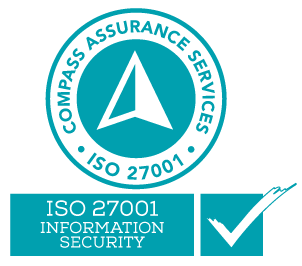The long awaited review by the Australian Skills Quality Authority (ASQA) into the unit of competency CPCCOHS1001A, commonly known as the White Card, was released on the 16th December 2013.
ASQA’s review into the effectiveness of the Construction White Card, a mandatory nationally recognised accreditation card for work safety induction training, makes six recommendations to help improve the safety of workers at construction sites.
The report also highlighted from their audit of RTOs delivering this unit of competency, many key areas of non-compliance with respect to selected standards from within the Standards for NVR registered training organisations 2012. Particular focus of many of these non-compliances was on the online mode of delivery.
Over the next few weeks, we will look at the report’s recommendations and non-compliance issues and show how the Ammonite TOMS learning management system, resources and methodology provides solutions to these problems.
This first article refers to the Standard 15.2 which relates to Training and assessment strategies.
A key area of non-compliance identified was the lack or inability of online assessment instruments to adequately assess communication skills.As an example of this, one of the Required Skills in the unit of competency is to demonstrate the communication skills to be able to verbally report construction hazards and risks.
With traditional online assessment tools, communication has been notoriously difficult to assess. This is why the Ammonite team have developed the Video Response Assessment Tool using a webcam. To clarify this, it should be made clear that any student wishing to undertake accredited training with the Ammonite system will require that they have a webcam attached to their computer. There are several important reasons for this, including the critical issue of authenticity, which I will cover in my next post. Our video response assessment tool provides the ability to show a student a typical workplace scenario, and then require them to make a verbal response to a trainer about the scenario via their webcam.
Some important aspects of this methodology are:
- Authenticity. The identity of the student submitting the response is easily verified by a trainer watching their response. It is important to note that the Ammonite system provides the ability to capture details of the student’s photo identification before they commence the course for student verification purposes.
- Fairness. The student can watch the scenario as many times as they need, to gather enough information to correctly make their response. The scenario has been designed to cater for persons with limited literacy by provided necessary information in both verbal and text-based formats. The student has the ability to review and retake their video response as many times as necessary before they submit their response to a trainer for assessment.
- Accessibility. Using the video response assessment tool removes the need for students and trainers to be in the same physical space. This has an obvious advantage for students located in remote locations. The video response can be made by the student at a time and place that suits them. In a similar way the trainer can review their student’s responses at their own convenience. It could be inferred by this, that webcam technologies such as Skype could also be used for the same purpose. Which is of course true. The advantage of Ammonite’s video response assessment tool over technologies such as Skype is 3 fold. It does not require the student and trainer to be available for the assessment at the same time, it allows the student to perfect their video response before submitting it for assessment, and finally the student’s response is automatically saved as an item of assessment for the student in the Ammonite TOMS system. Meaning of course that it can be accessed by the RTO at any time for review and audit purposes.
- Practicality. The Ammonite video response assessment tool has been designed by VET trainers to meet their specific needs. Cues to benchmark responses are available to the trainer assessing a student’s video response, as well as an ability to make comments about the assessment. If a student fails the assessment, the trainer can provide the student with feedback about their response, and how they can meet the assessment standards required.
The Ammonite Video Response Assessment Tool is just one example of how we are striving improve the quality of online training. Our aim has been to make this an extremely simple, effective, and invaluable tool to enable trainers and assessment developers design valid rigorous assessments where traditional online tools are inadequate.


